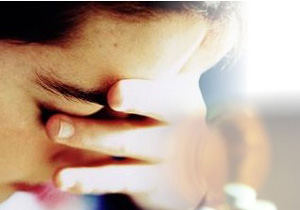 |
 |
 |
 Health & Beauty | August 2006 Health & Beauty | August 2006  
Suicide Risk High with Body Image Obsession
 Anne Harding - Reuters Anne Harding - Reuters


| | "The good news is that there are two forms of treatment that seem to be helpful for most people with this disorder." |
People with "body dysmorphic disorder" are 45 times more likely to commit suicide than people in the general population, a new study shows.

The findings underscore the importance of recognizing and treating this "often secretive" psychiatric disorder, Dr. Katherine A. Phillips, the study's co-author, told Reuters Health.

Individuals with body dysmorphic disorder, or BDD, have a distorted body image and think obsessively about their appearance, often for hours a day, explained Phillips, who is at Butler Hospital and Brown Medical School in Providence, Rhode Island.

The disorder frequently leads to self-loathing and social isolation, she added. It is not uncommon for people with BDD to tell no one about their condition, even a spouse or very close friends.

"I've worked with these patients for about 15 years now," Phillips added. "In my clinical experience they're often thinking about suicide. They're an unusually distressed group of people."

Philips and her colleague William Menard conducted the first investigation in which a group of patients with BDD were followed over a period of time, and report the findings in the American Journal of Psychiatry.

During each year of the study, 58 percent of the 185 study participants reported thinking about suicide, and 2.6 percent tried to kill themselves. Two people completed suicide attempts, making the suicide rate among the patients roughly 45-fold greater than for people in the general population.

Studies have suggested that up to 2.4 percent of people have BDD, Phillips said. While most of us have concerns about appearance, she added, a person with BDD obsesses about these concerns and is virtually crippled by them. Phillips said. "It's easy to trivialize BDD, it's easy to confuse it with vanity," she added.

Most people with BDD can be helped by treatment with antidepressant drugs known as selective serotonin reuptake inhibitors, which include Prozac and Zoloft, or a type of counseling known as cognitive behavioral therapy, Phillips said.

"The good news is that there are two forms of treatment that seem to be helpful for most people with this disorder," she added. "This just underscores the importance of recognizing this illness and recognizing that it's a severe illness that can potentially respond very well to mental health treatment."

SOURCE: American Journal of Psychiatry, July 2006. | 
 | |
 |



